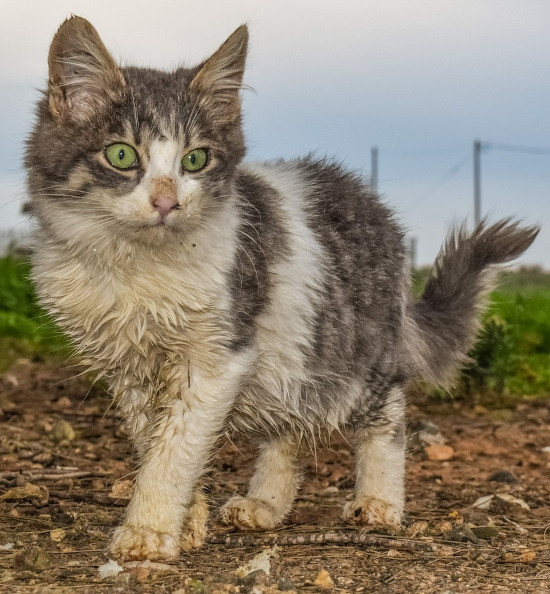Feral-cat bylaw changes could impact wildlife populations
‘It’s instinctive for these animals to kill’

Stray and feral cats already negatively impact urban wildlife populations. Experts disagree on whether potential bylaw changes will make that problem better – or worse. (Supplied photo)
People may soon be allowed to feed and care for feral cats in Winnipeg – but doing so could come at the cost of birds and small mammals.
Potential changes to the responsible pet ownership bylaw would allow people and organizations to trap, neuter and release feral cats so they can’t reproduce.
The current bylaw says if anyone cares for a cat in their yard, they technically are its owner. This can lead to fines for having an unlicensed cat.
According to Jessica Miller, CEO of the Winnipeg Humane Society, legalizing feeding feral cats is a progressive step for the city.
“Sometimes it takes an open mind to understand that some animals past a certain point of socialization need to live outside,” Miller says. “We’re in favour of that.”
An estimated 50,000 to 100,000 feral cats live in colonies in Winnipeg. Miller says allowing these cats to be trapped, neutered and released is the best and most humane solution.
While strays are formerly domestic cats that left their home and got lost or were abandoned, feral cats have reverted to a wild state and have little to no contact with humans. Strays can be resocialized and find new homes, but that isn’t an option for feral cats.
Currently, the WHS says any feral cats brought in will likely be euthanized after a mandatory holding period.
“Many of these cats are completely feral and not social, and, therefore, they’re not adoption candidates,” Miller says. “We wouldn’t want to have to bring in unsocial animals and euthanize them because there’s no other option.”
In the future, she believes the feral-cat population will gradually decrease, so shelters aren’t operating at full capacity all the time.
The Winnipeg Humane Society can have roughly 400 animals in the shelter each month, with another 200 animals in foster homes, Miller says. Nearly 300 animals are on a waitlist at all times.
While she sees the proposed bylaw changes as a big step forward, Miller says she’s heard concerns about feral cats killing birds, frogs and small mammals.
It’s estimated that cats kill between 100 and 350 million birds each year in Canada, the majority of which are killed by feral cats, according to a paper published in Avian Conservation & Ecology in December 2013.
Cats are considered one of the biggest wildlife conservation problems in the world, University of Winnipeg biology professor Scott Forbes says.
Forbes says he’s disappointed the City of Winnipeg is not listening to the science behind the bylaw amendment.
“Cats are a menace,” Forbes says. “(Feral cats are) an invasive species. They’re not supposed to be here.”
Forbes, who studies birds and owns two indoor cats, says trap, neuter and release programs just don’t work.
He tries to keep his cats Sparky and Mini inside to reduce their impact on wild animal populations, but Mini often escapes outside.
Forbes doesn’t think legalizing feeding feral cats will stop them from hunting, based on how Mini behaves.
“He just goes out and slaughters birds and mammals, and he is as well-fed as you can get,” he says. “It’s instinctive for these animals to kill.”
Urban centres become “slaughter zones” for birds and other mammals like chipmunks, baby rabbits and mice, Forbes says.
“I love cats, but cats have their place, and that’s inside,” he says, “not outside killing wild animals.”
Published in Volume 78, Number 15 of The Uniter (January 25, 2024)






